
Every year, our hardware hivemind melds its circuity to come up with a list of the components and peripherals that helped us achieve PC gaming greatness—our picks for the gear that stood out from all the rest released over the past year.
Many great pieces of hardware have been on our 'best of' lists over the last year, so it wasn't easy to narrow each category down to one component to rule them all. But we took into account specs, price, comfort, reliability, quality—everything about an individual component that would earn it an award over and above the rest.
This is the best hardware of 2019.
Best GPU: AMD RX 5700 XT
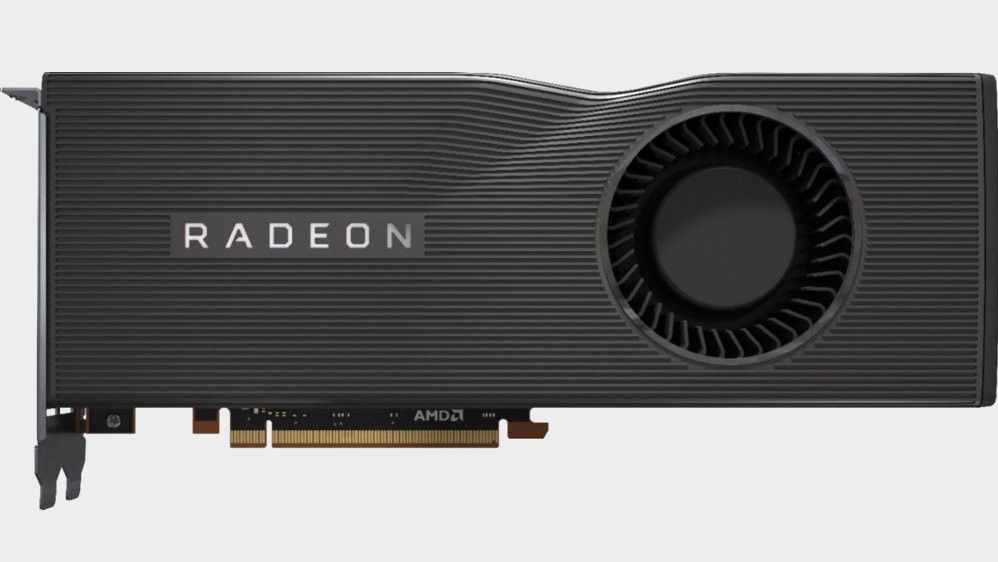

AMD made big waves by being the first company to release a 7nm GPU this past year. The Radeon RX 5700 XT wasn't technically the first 7nm, but it typically matches or exceeds the performance of the earlier Radeon VII, at a much lower price and with two thirds the power draw. AMD's Navi architecture is new and exciting, especially for people tired of seeing Nvidia dominate the graphics card market. It puts AMD back into the heart of the GPU competition.
Nvidia had multiple GPU refreshes that were also interesting, including multiple GTX 16-series parts and RTX Super cards, but none of those forged new ground. They're all built on the same Turing architecture that launched in 2018, only with different configurations. That makes it hard to find one particular Nvidia card that stands out from the crowd—there are currently 12 different Nvidia graphics card models that use the Turing architecture, eight of which launched this year.
AMD's Radeon RX 5700 XT is simply the most exciting thing to happen for GPUs in 2019. It's also the first PCIe Gen4 consumer card. It lacks support for ray tracing, but we have yet to see a game that must be played with ray tracing effects to be enjoyable. AMD should have ray tracing GPUs in 2020, however, built off the Navi foundation. Not coincidentally, next year is likely to be the year that ray tracing in games truly takes off. — Jarred Walton
Best CPU: Ryzen 9 3900X


Easily the most exciting thing to happen in the world of CPUs this year is AMD's launch of its third generation Ryzen processors, and the Zen 2 architecture. Of those, the Ryzen 9 3900X is our favorite, balancing price, features, and performance. It doesn't necessarily top Intel's Core i9-9900K when it comes to pure gaming performance, but it's close enough to not usually matter. More importantly, it delivers 50 percent more cores at the same price, with higher per-core performance than AMD's previous Ryzen parts.
Keep up to date with the most important stories and the best deals, as picked by the PC Gamer team.
More than anything, AMD's Ryzen shows the importance of competition for driving innovation. Mainstream Intel CPUs were stuck at 4-core designs for about a decade before Ryzen came along. Since 2017, Intel has released 6-core and 8-core mainstream CPUs, and slashed prices on its high-end desktop parts in half. The only reason it did that was because AMD's Ryzen would otherwise run away with the CPU market.
Besides higher core and thread counts, Ryzen 3000 also deserves praise for being the first consumer processor line to support PCI Express 4.0, doubling the bandwidth for each PCIe lane. Our graphics cards may not need that extra bandwidth for playing games, but it also doubles the bandwidth between the CPU and chipset, which can reduce congestion in some workloads. It's a forward-thinking design that makes Intel's current CPUs look increasingly outdated. — Jarred Walton
Best gaming laptop: MSI GL63
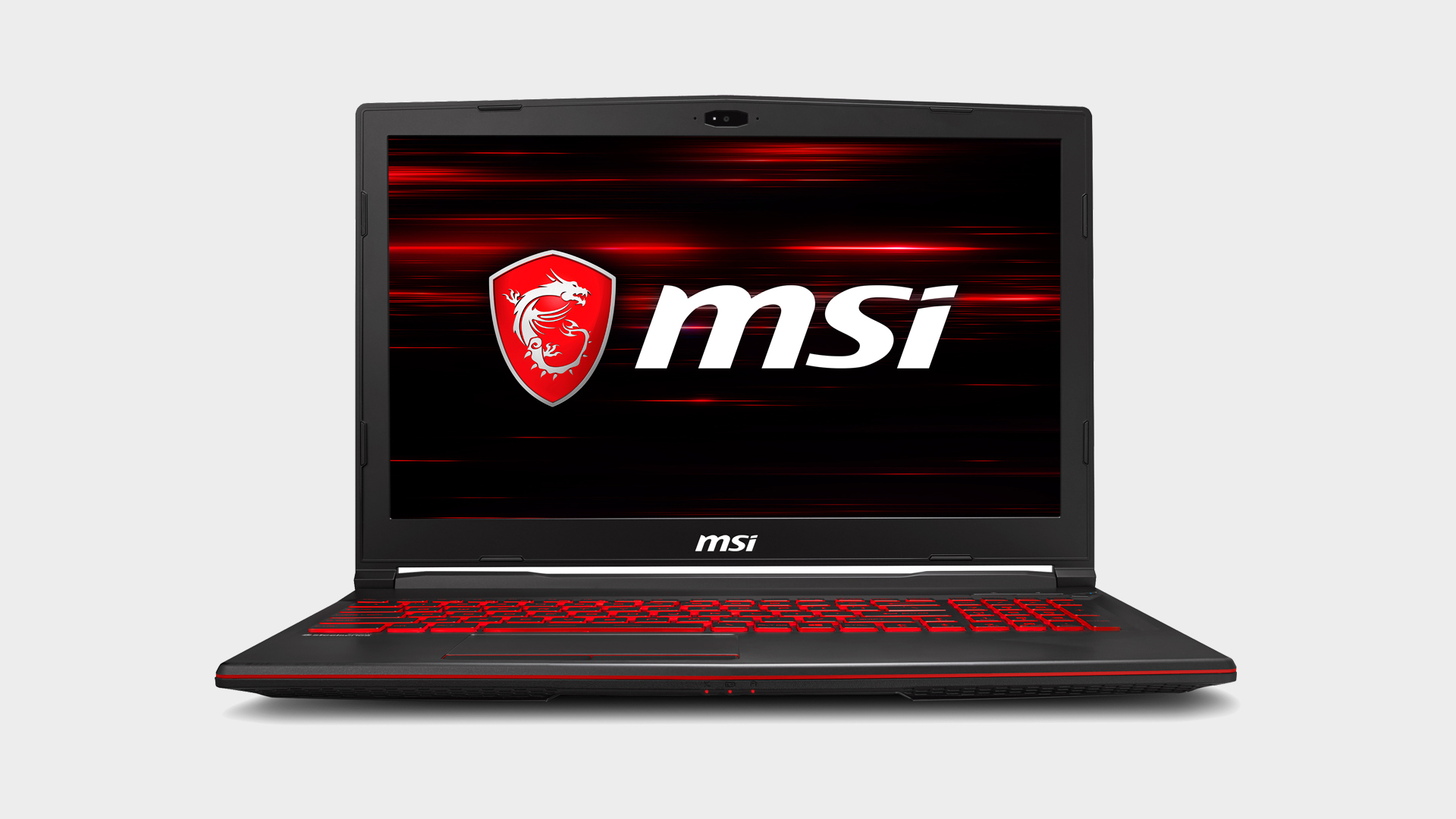

There were so many excellent gaming laptops released this year that it’s hard to pick just one to highlight. In the end, we had to give the crown to the 2019 MSI GL63. It’s not a groundbreaking laptop in terms of design, but time and time again, it has struck an excellent balance between quality and price.
Throughout the whole year, various models of the GL63 repeatedly went on sale, almost always undercutting the competition. While the specifications vary wildly by model, most versions include a 1080p 15.6-inch screen and an Intel processor. The most common configurations have 9th-generation Intel Core i5-9300H CPUs, an Nvidia GeForce GTX 1650 or 1660 Ti graphics card, and 128GB-512GB of blazing-fast NVMe storage. Most variants have one thing in common, though—they are excellent deals compared to most competing laptops.
Gaming laptops have historically been pricier than comparable desktop PCs, but there was almost always at least one version of the GL63 at the top of our gaming laptop deals roundup year-round. For that reason, it’s our laptop of the year for 2019. — Corbin Davenport
Best gaming PC: Maingear Vybe
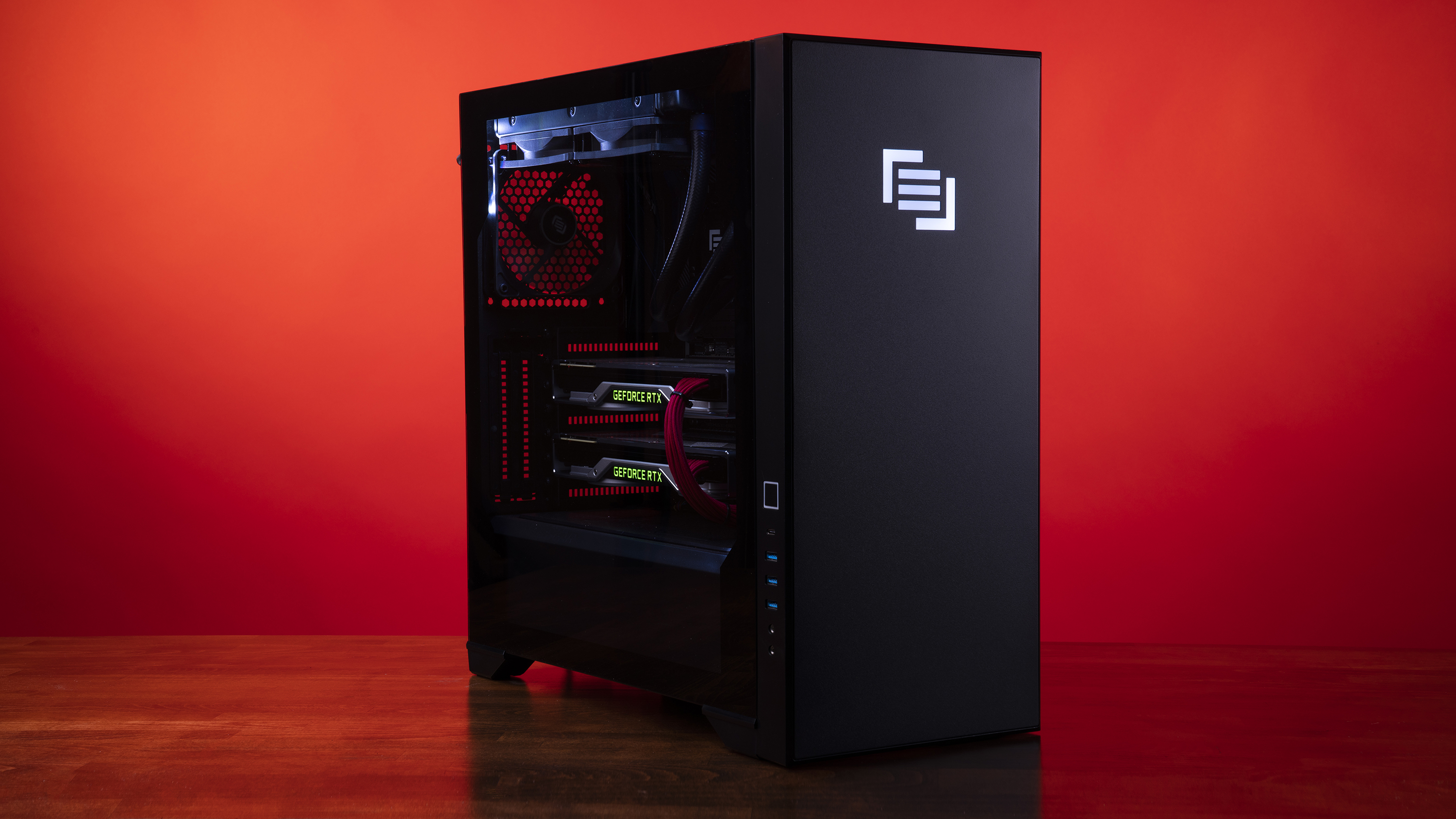

Buying a boutique PC doesn’t necessarily have to cost a small fortune these days, and Maingear’s refreshed Vybe proves this with aplomb. The baseline configuration starts at just $699. Of course, there are high-end configurations available that drive the price higher, but for the most part, we’re not talking about anything crazy here—the $999 config pairs an Intel Core i5-9400F processor with an Nvidia GeForce GTX 1660 Ti graphics card for a potent one-two punch.
Equally impressive, Maingear didn’t cut corners to achieve a lower price than what most people would expect from a boutique builder. The Vybe is a clean system with Maingear’s immaculate attention to cable management in full view. It also runs cool and quiet, and it won’t blind you with an RGB light show—RGB lighting is present, but tastefully done. Simply put, this is one of the best gaming PCs around. — Paul Lilly
Best gaming headest: Razer Kraken Ultimate
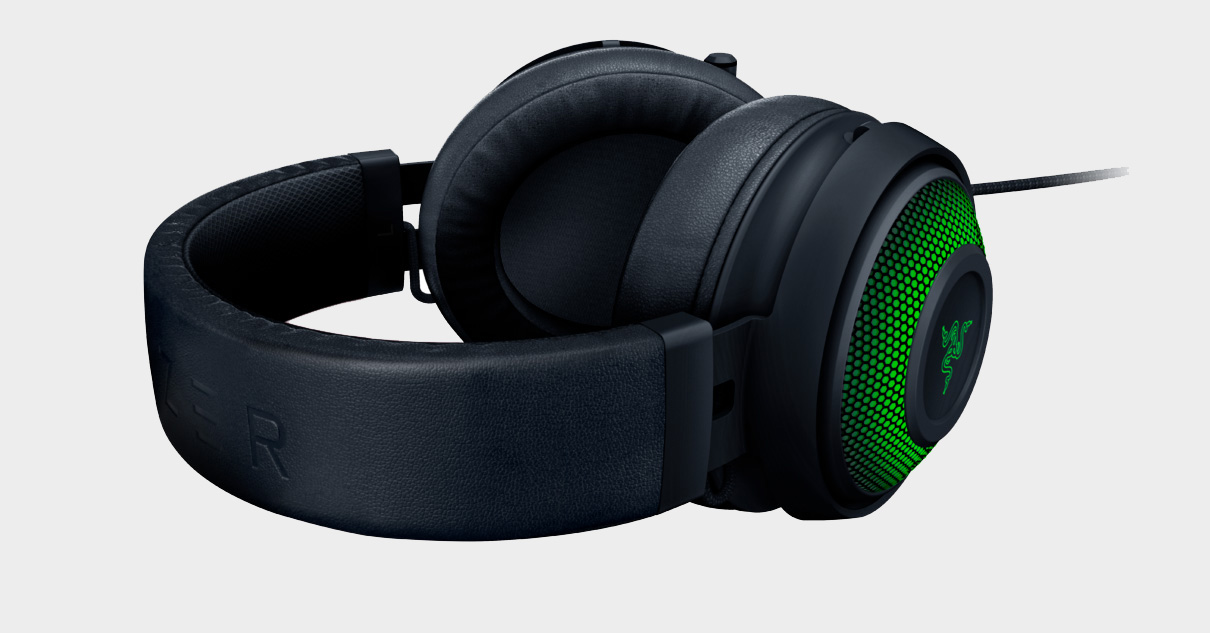

A great headset should do more than sound good. We spend so many hours at our PC these days that headsets need to be designed for maximum comfort—and look nice, too. Razer's Kraken Ultimate is the best of all those worlds: The over-earcups have malleable memory foam that holds its shape, along with cooling gel inserts and cloth fabric that let your ears breathe; the cushioned, head-conforming headband doesn't crush your skull; and the earcups won't push your glasses or ear jewelry uncomfortably into the side of your head either.
The THX 7.1 virtual surround sound makes any game environment vibrant and life-like, which is ideal for shooters that rely on focusing in on the most subtle of sounds. The built-in, retractable mic also makes your voice crisp and clear, ideal for communicating over an intense firefight or coording a raid. You can also sync the RGB lighting to flicker and change color with the music or sound in a game via Synapse, or leave the lighting as a static color. As far as headsets go, the Razer Kraken Ultimate does everything you expect it to do and more. — Joanna Nelius
Best gaming keyboard: CoolerMaster MK850
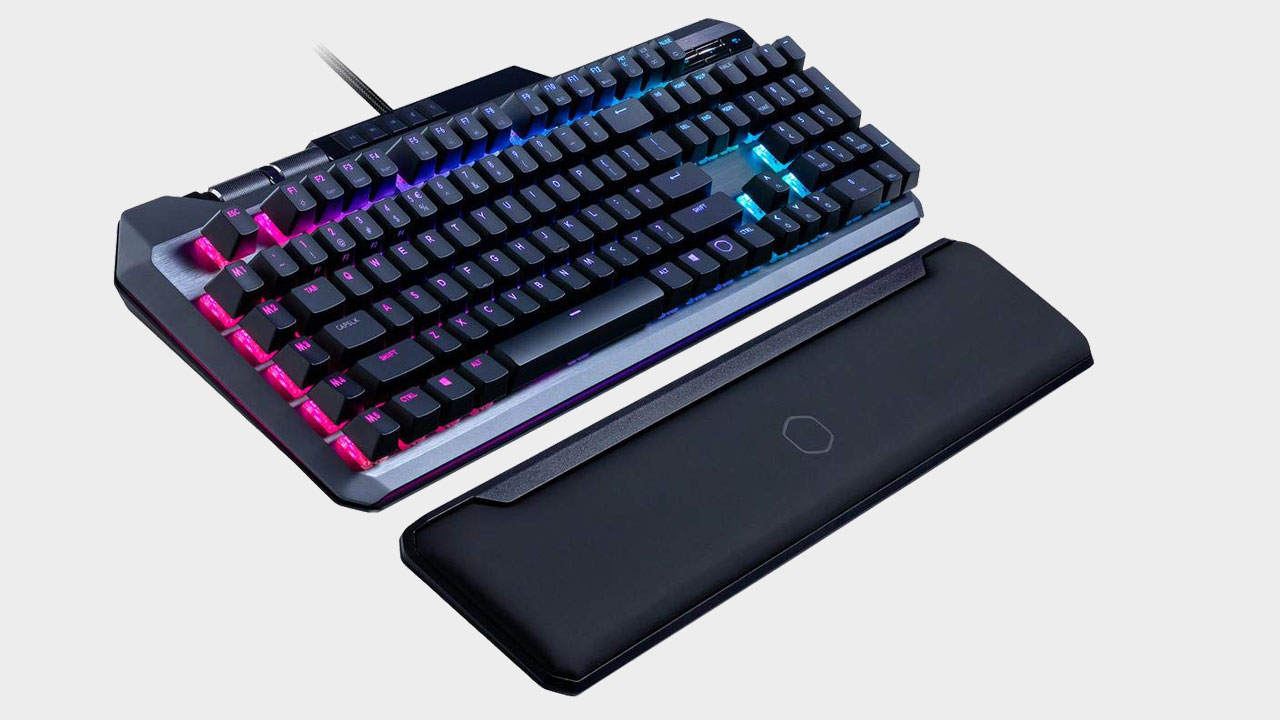

It's not necessarily enough these days to focus on making one type of PC component or peripheral. Companies that started out manufacturing only coolers or PC cases have moved into other areas, and CoolerMaster is one of them—and even then it has upped the ante with its MK850 gaming keyboard. No ordinary gaming keyboard, it doubles as a gamepad with infrared LEDs inside the QWER and ASDF keys mimicking the analog controls on a controller. Not unlike pushing an analog stick halfway forward to make your character jog, the analog keys on the MK580 function the same way: press half way down to jog, or all the way down to run.
Throw in Cherry Red MX switches to the mix, and you've got a super innovative, highly responsive and finger-friendly keyboard made for some hard-miles. It also has an abundance of other features too, like full media controls, dedicated macro keys, a magnetic wrist rest, and of course customizable RGB lighting. If you like playing racing games on your PC, but don't want to hassle with plugging in a controller, the MK850 lets you switch from League of Legends to Forza Horizon 4, to Team Fortress 2 and back again. — Joanna Nelius
Best PC case: NZXT H710i


NZXT’s penchant for case design has (thankfully) evolved with the times. These days we have high expectations for NZXT's sense of design, and the NZXT’s H710i, one of the best PC cases, did not disappoint. It's hard to believe the H710i came from the same company that designed the now-ancient Guardian, one of the eight ugliest PC gaming cases we’ve ever seen. From the ugliest to the classiest: Good work, NZXT.
The H710i stands out as the top-end model in NZXT’s H-series lineup. It’s the best mid-tower case for building a PC in today, with an ultra-clean design and updated smart features. Specifically, it ships with an integrated "Smart Device v2" module. The latest version sports a faster microprocessor to control two HUE 2 RGB lighting channels and maintain the system’s fan curves. Used in conjunction with NZXT’s CAM utility, you can tweak the cooling and lighting for peak performance.
The list of amenities also include a built-in, vertical mounting bracket to show off your GPU (you’ll need to purchase a PCIe riser cable separately), tempered side glass panels, and a USB-C port on the front panel. A great case. — Paul Lilly
Best gaming TV: LG B9

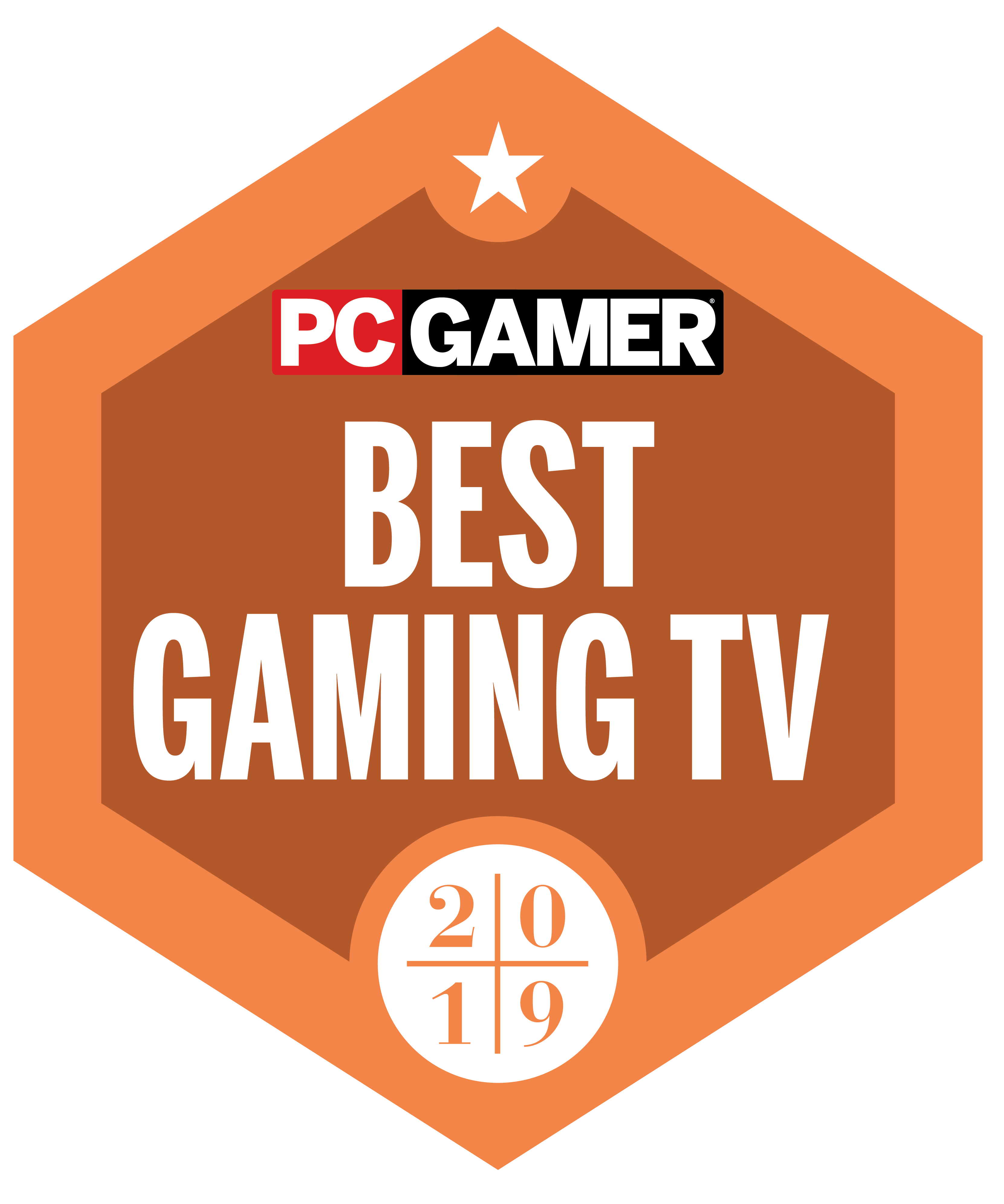
In just the last year or two 4K OLED TVs have finally become affordable, and it's hard to find anything better for watching movies or playing games than LG's fantastic displays. The high-end LG E9 tops the list as recommended 4K TV for gaming, but for delivering OLED quality at a killer price, we're calling out the LG B9 as the best gaming TV of the year. It has the same lush, deep OLED blacks and colors, and critically, the B9 also includes the most important features of LG's more expensive TVs. Every model has essentially the same fantastic response time, making them ideal for gaming. That's an area where many TVs still struggle. This year's model supports a 120 Hz refresh rate on top of the expected 4K TV features like HDR and Dolby Vision. The cherry on top is that LG has updated its firmware to support Nvidia G-Sync. If you have an Nvidia graphics card, that's going to make games feel smooth on one of these TVs, even if it can't deliver a perfect framerate at 4K.
With variable refresh support and great response times, LG's 9 series TVs have caught up on some of the key features that have long made monitors superior to TVs. And thanks to their OLED panels, they have better colors and viewing angles. There's simply no better pick than the LG B9 for a gaming TV this year, unless you splurge on the pricier E9 or C9 models. I'm not saying I'm going to try to replace the 27-inch monitor on my desk with a 55-inch TV… but I'm not not saying it, either. — Wes Fenlon
Best gaming chair: Secretlab Omega 2020
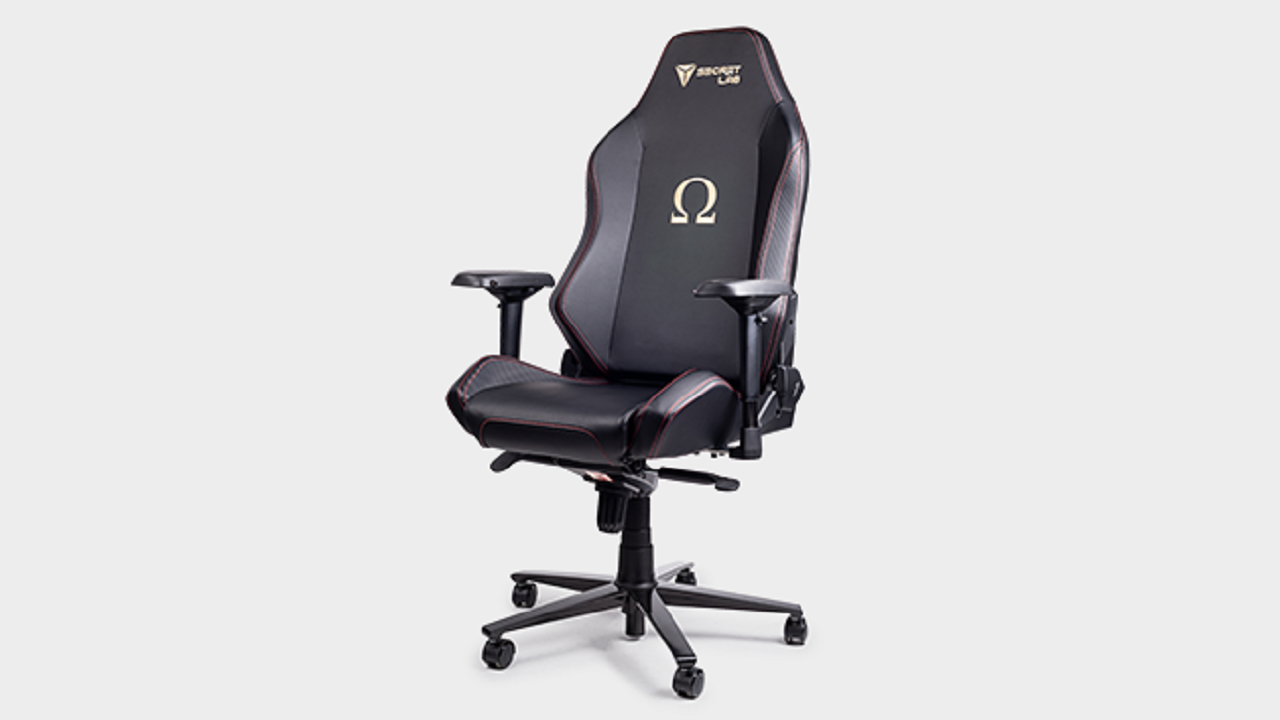

The Omega boldy forgoes that garish "gamer" aesthetic for something that looks good in the home and the office—especially the Stealth and all-black versions. These chairs are pricey, but they're the most well-made gaming chairs we've ever tested, and remain so as we enter the new year. And Secretlab has even added a few upgrades, like making the armrest mechanism out of premium metals and a new PU leather that is supposed to be four times more durable than the original version.
It's still made from high quality cold-cured foam that's individually molded, not cut, so it won't lose its firmness soon after use. The velour memory foam lumbar and head pillows also make it one of the most nap-worthy chairs out there. The thick stitching along the edges not only make the Omega look sleeker than the average gaming chair, but like a racing seat from a high-end car at a cursory glance. The Omega also has what Secretlab calls "4D armrests," which means you can adjust them left, right, angled left, angled right, forwards, backwards, up, and down for truly customizable comfort. We'll forgive the branding, just this once, because damn, do we love a flexible armrest. — Joanna Nelius
Best gaming monitor: Acer Predator XB273K
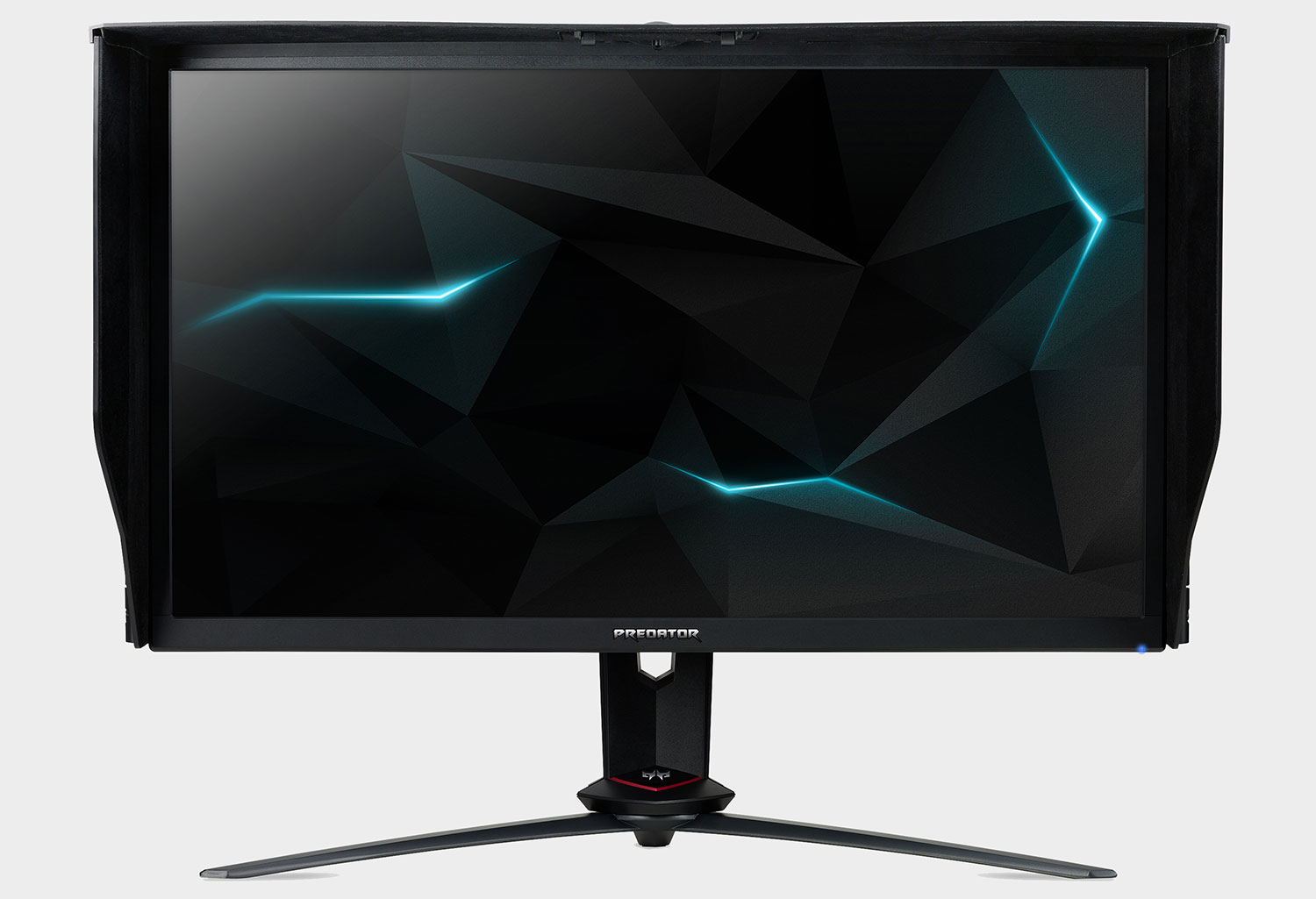
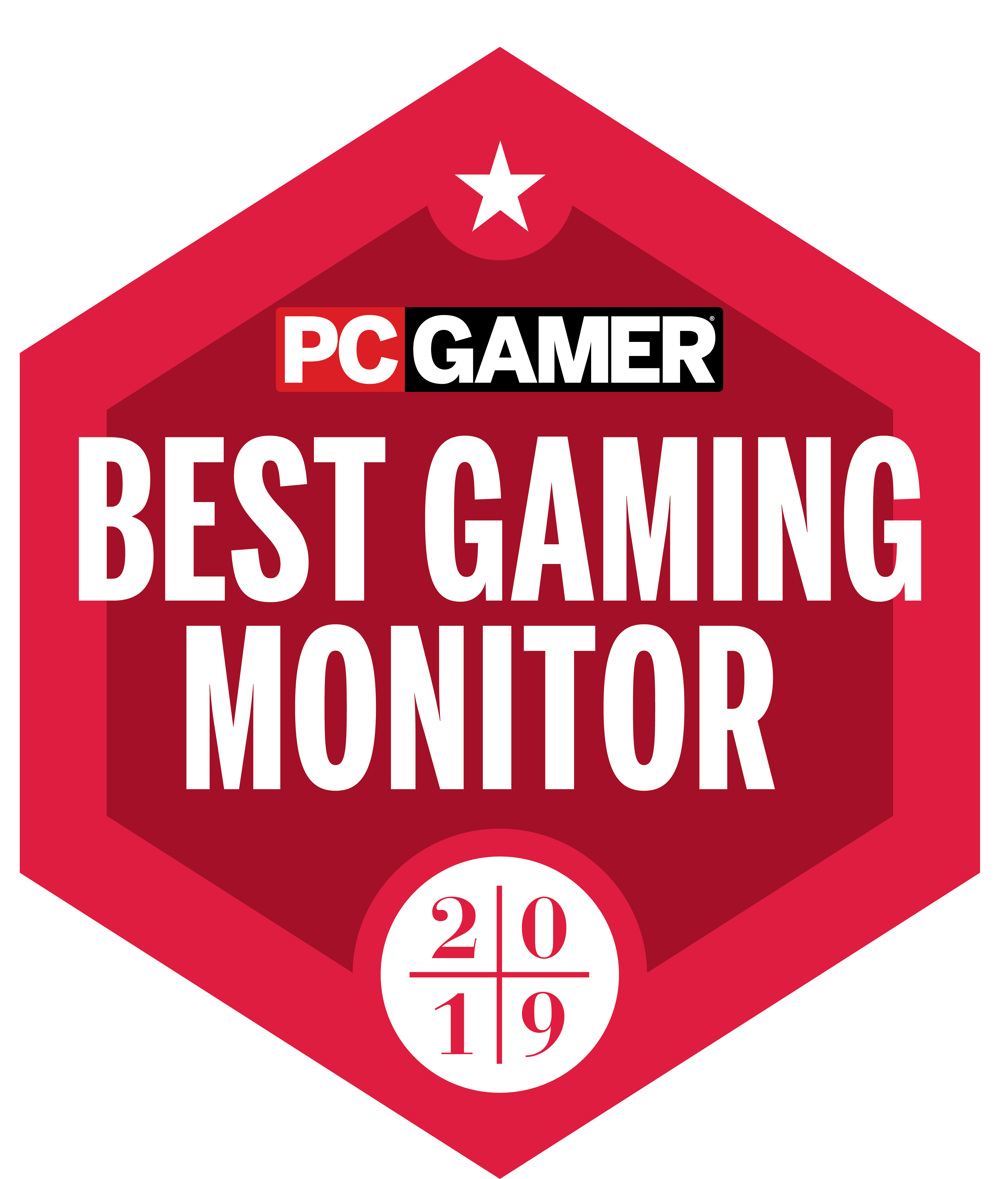
We get it, spending upwards of a grand on a monitor is a luxury purchase, but if you have the budget for a premium display, Acer’s Predator XB273K makes it easy to justify. As the window to your games and other content, this 27-inch monitor delights your eyeballs with a 4K resolution (3840x2160) at 120Hz to keep the action fast and smooth. If you want to go even higher and have a GPU that can keep up, you can overclock the refresh rate to 144Hz.
The Predator XB273K is built around a high-quality in-plane switching (IPS) screen. That translates to better image quality and wider viewing angles than what you’ll get with a twisted nematic (TN) panel, and it still maintains a lag-friendly 4ms gray-to-gray response time. And if all that is not enough, this a G-Sync monitor, making it a fantastic match for a GeForce RTX or GTX series graphics card (though it still looks great with a Radeon GPU).
This is basically a toned down (and less expensive) version of the mighty Predator X27. It doesn’t offer the same brightness at 400 nits (peak), but it boasts HDR support, which is still an exciting feature for a PC monitor. The tightly packed pixels deliver incredibly vivid images with handle darker scenes equally well, making this one of the best monitors for gaming. — Paul Lilly
The collective PC Gamer editorial team worked together to write this article. PC Gamer is the global authority on PC games—starting in 1993 with the magazine, and then in 2010 with this website you're currently reading. We have writers across the US, UK and Australia, who you can read about here.


